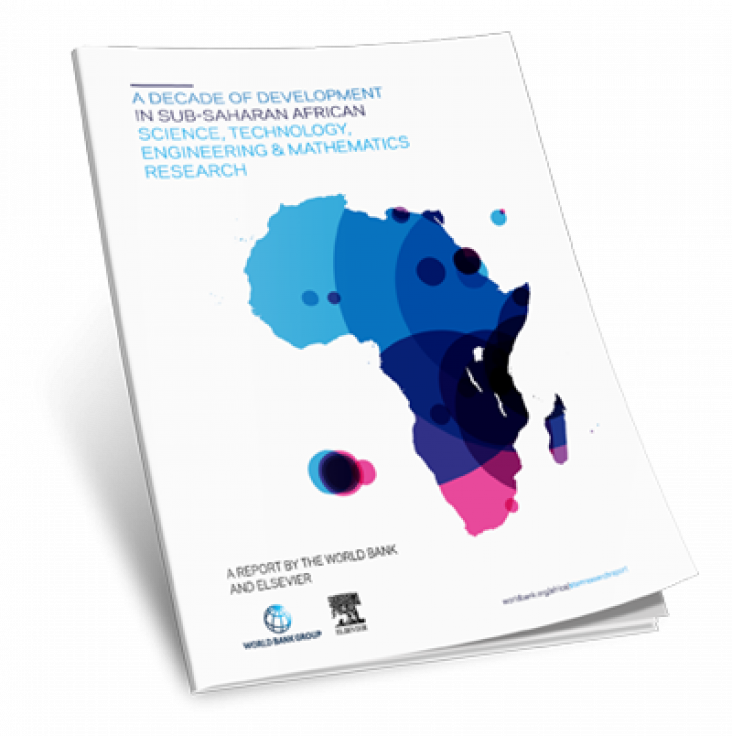
This report, a partnership between Elsevier and the World Bank, examines and compares the research enterprise of sub-Saharan Africa from 2003 and 2013, with a special emphasis on research in STEM. This analysis provides valuable insights that help to advance SDG 4 Quality education and SDG 10 Reduced inequalities.
Developing SDG 10 (reduced inequalities), this article offers a critical review of four dominant scholarly frames that have informed LGBT organizational research from the late nineteenth century to date. These frames include medical abnormality, deviant social role, collective identity and social distinctiveness views of sexual minorities.
Elsevier,
Improving Library Services to People with Disabilities, Chandos Information Professional Series, 2007, Pages 65-86
To maximize potential, people must have lifelong access to the information and services offered through books and libraries. Whether to address concerns of an ageing population or to enable all citizens to contribute fully through meaningful education and work opportunities, more emphasis is being given to promoting library services to people who have disabilities. This content addresses SDGs 4 and 10 by focusing on serving adults with disabilities in an international setting allowing librarians, policy makers and constituents to understand the importance of serving all potential patrons.
SDG 3 (good health and well-being), SDG 10 (reduced inequalities) and SDG 16 (peace, justice and strong institutions) are all directly relevant to this research. This report investigates the health consequences of rising anti-gay laws and homophobia in seemingly liberal nations.
The objective of this study is to explore empirical evidence on the quantitative importance of supply, demand, and market shocks for price changes in international food commodity markets.
Urban green space, such as parks, forests, green roofs, streams, and community gardens, provides critical ecosystem services.

Addresses the impact of long-term care on women, outlining the salient issues affecting women who are receiving care and those who are providing informal caregiving, as well as those who are direct care workers in long-term care facilities. Focus is given to the prevalence of physical and mental health conditions among women in the long-term care system and identification of risk factors associated with women’s health and economic well-being.
Summarizes the evidence on how education, work, and marriage influence women’s health. In light of dramatic changes in gender-based inequalities in education, occupational opportunities, and marriage, trends in major indicators of women’s health are discussed in relation to the relevance of social changes for recent and future population patterns in women’s health.
A growing body of literature supports stigma and discrimination as fundamental causes of health disparities.
While we know that minority status differentiates the experience of aging, little research has been done to examine the ways in which patterns of successful aging may differ in diverse subgroups of ol
